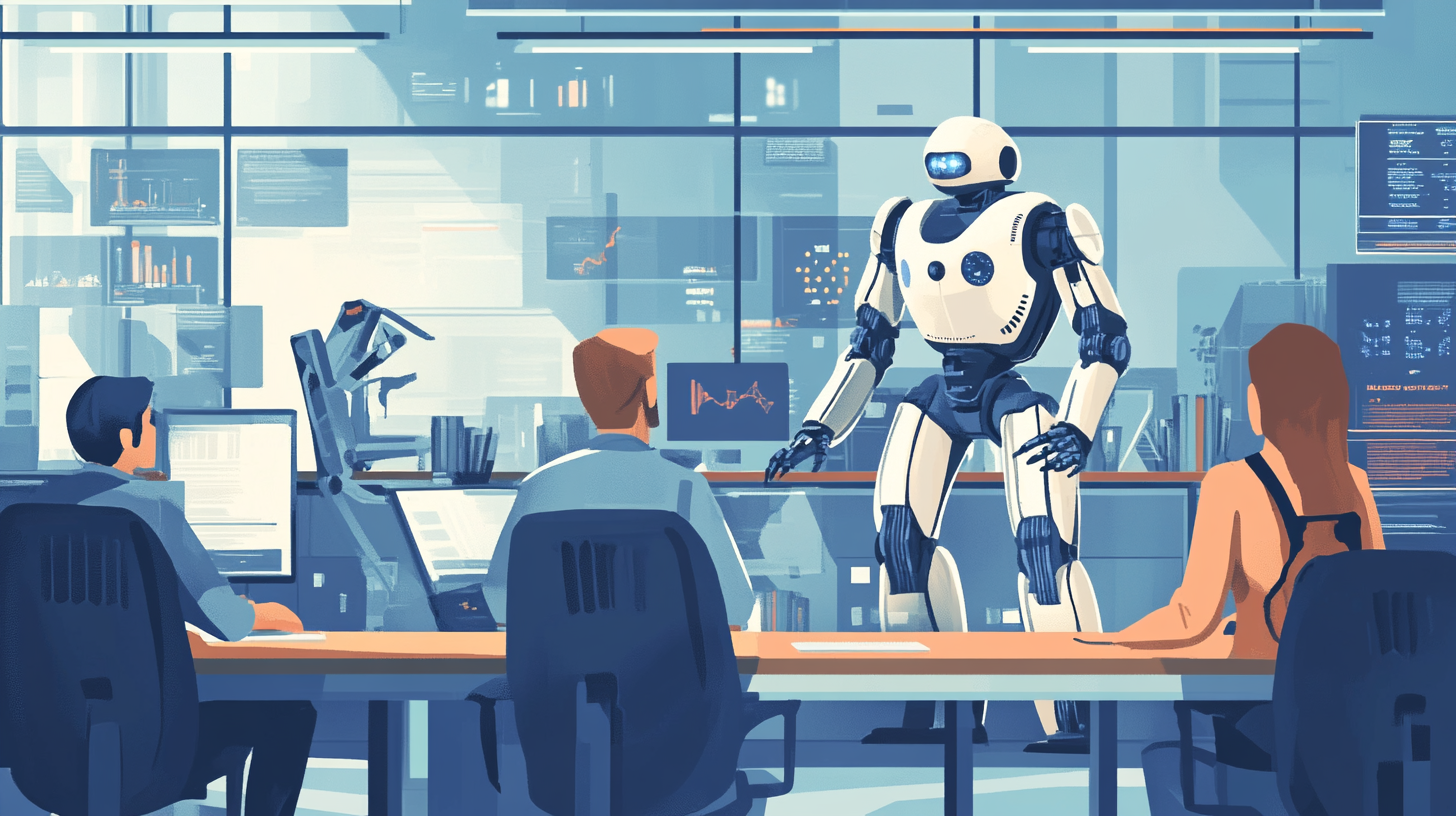In an era of increasing labor shortages and skills gaps, manufacturers are turning to innovative solutions to attract and retain talent. Lotte Sodemann Sørensen, Vice President of Human Resources at Universal Robots, shares insights on how technology and automation can create more appealing workplaces and why HR leaders must embrace this technological revolution.
The Evolution of Workplace Automation
From dangerous manual labor to advanced robotics, manufacturing has come a long way:
- Increased safety and productivity through automation
- Improved working conditions and growth opportunities
- Integration of robotics as a standard in large manufacturing companies
Benefits of Robotic Automation for HR
While some HR professionals may view robotics as unfamiliar territory, it offers numerous advantages:
- Supplementing the workforce to address labor shortages
- Improving productivity and product quality
- Handling the “3Ds” – dull, dirty, and dangerous tasks
- Enhancing worker safety and reducing physical injuries
Technology as a Talent Magnet
Investing in automation can make your workplace more attractive, especially to younger workers, by:
- Demonstrating a commitment to innovation and growth
- Offering opportunities for professional development and advancement
- Making manufacturing jobs safer and more fulfilling
Strategies for Workforce Development
To leverage technology for talent attraction and retention:
- Implement cross-training and development programs
- Offer career planning and advancement opportunities
- Keep production updated with new technologies
- Encourage employees to familiarize themselves with emerging trends
Addressing Global Labor Shortages
Manufacturers worldwide face significant workforce challenges:
- US manufacturing expected to have 2.1 million unfilled jobs by 2030
- Over 80% of Chinese manufacturers faced labor shortages in 2023
- Demographic shifts in Japan, Korea, and Western Europe leading to worker shortages
Engaging Senior Workers
As the workforce ages, retaining experienced employees becomes crucial:
- Offer continuous skill development and training opportunities
- Adapt workplaces to accommodate age-related physical needs
- Deploy collaborative robots (cobots) to reduce strenuous tasks
- Leverage senior workers’ expertise for company growth
Real-World Success Stories
- Carbody (France): Cobots helped a long-term molder retain his job by handling strenuous tasks
- Universal Robots (Denmark): Cobots integrated into production, enhancing everyday work life
Key Takeaways for HR Leaders
- Embrace new technologies for strategic workforce planning
- Recognize the relevance of robotics to HR strategies
- Leverage automation to create safer, more fulfilling workplaces
- Lead the charge in innovating the future of work
By understanding and embracing the potential of robotics and automation, HR leaders can play a pivotal role in addressing workforce challenges and creating more attractive, productive manufacturing environments.

